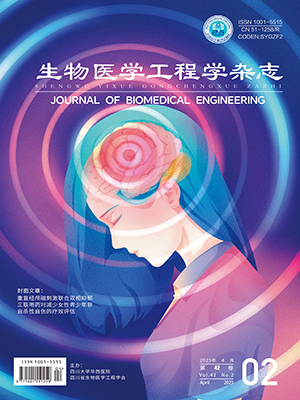A software and hardware platform for gait simulation and system evaluation for lower limb intelligent prosthesis is proposed and designed, in order that the wearable symmetry effect of the intelligent knee prosthesis can be quantitatively analyzed by machine test instead of human wear test. The whole-body three-dimensional gait and motion analysis system instrument, a device to collect gait data such as joint angle and stride of adults, was used for extracting simulated gait characteristic curve. Then, the gait curve was fitted based on the corresponding joint to verify the feasibility of the test platform in the experiment. Finally, the developed artificial knee prosthesis was worn on the prosthetic evaluation system to quantitatively analyze the gait symmetry effect. The results showed that there was no significant difference in gait symmetry between the developed knee joints at different speeds, which could reach more than 88%. The simulation and evaluation of the prosthetic gait have good effects on the functional simulation and evaluation of the lower limb intelligent prosthesis.
Citation: YU Beibei, YU Hongliu, MENG Qingyun, MENG Qiaoling, CAO Wujing. Study on gait symmetry based on simulation and evaluation system of prosthesis gait. Journal of Biomedical Engineering, 2019, 36(6): 924-929. doi: 10.7507/1001-5515.201811038 Copy
Copyright © the editorial department of Journal of Biomedical Engineering of West China Medical Publisher. All rights reserved
-
Previous Article
Resting-state electroencephalogram classification of patients with schizophrenia or depression LAIHongyu, FENG Jingwen, WANG Yi, DENG Wei, ZENG Jinkun, LI Tao, ZHANG Junpeng, LIU Kai -
Next Article
Discussion and improvement methods of quantitative susceptibility mapping reconstruction GUOHongyu, YU Zhongnan, MA Gaochao, LI Chunsheng




